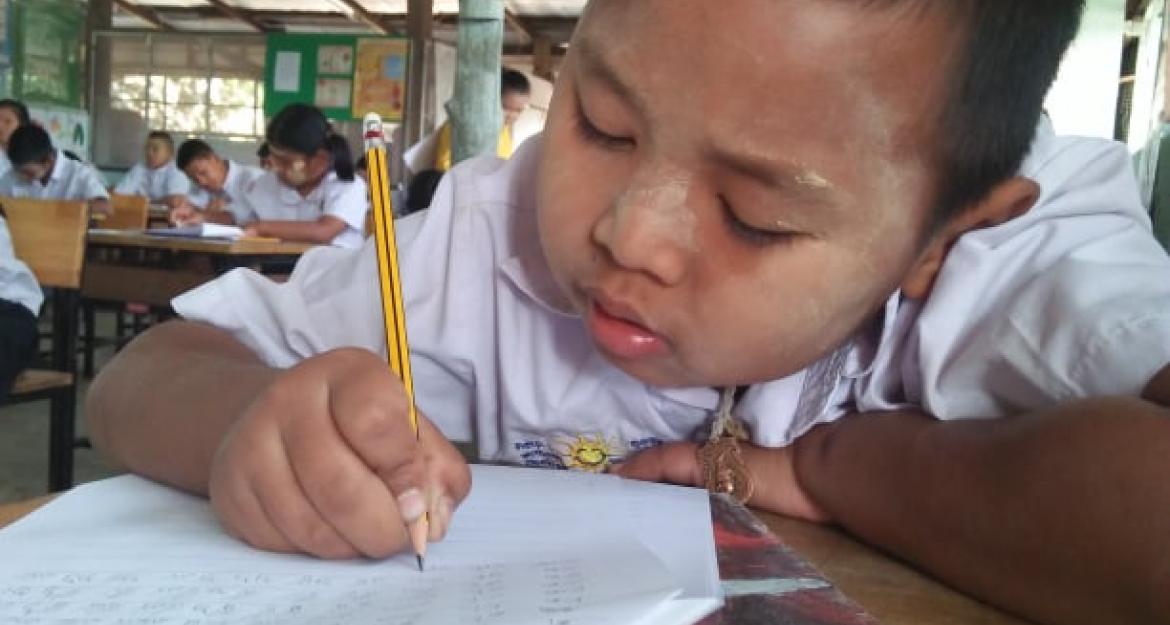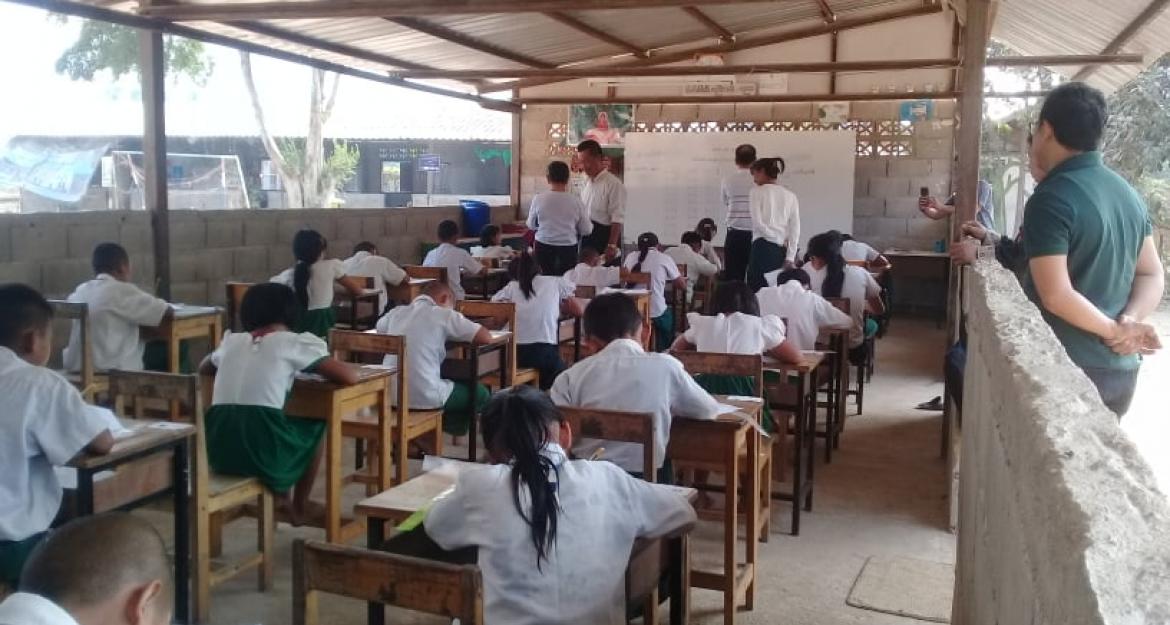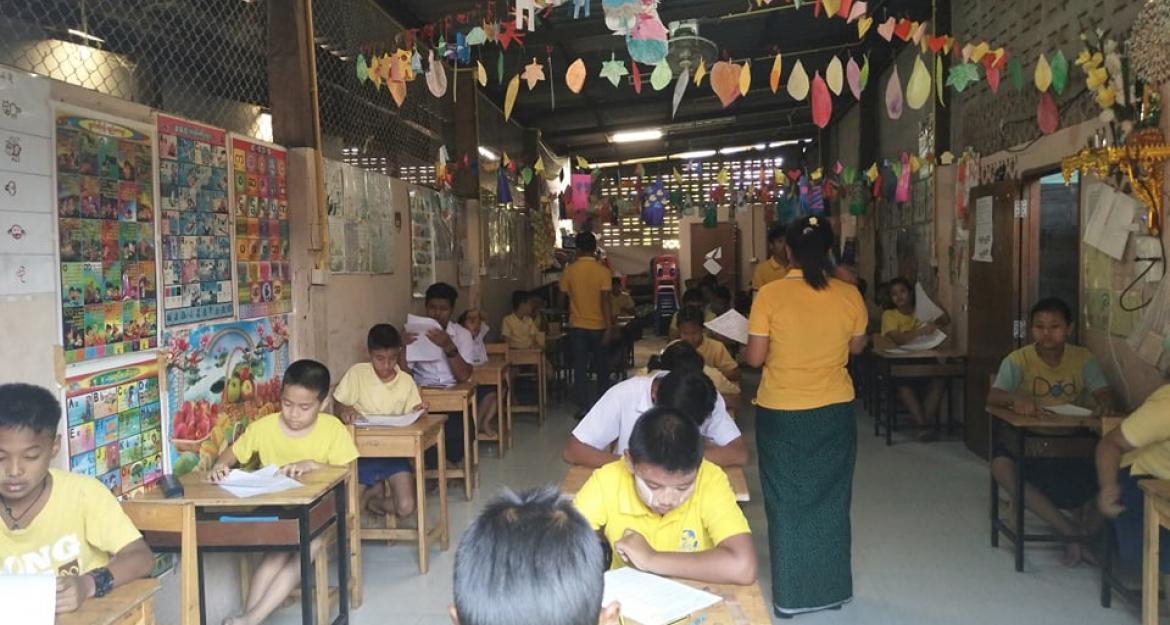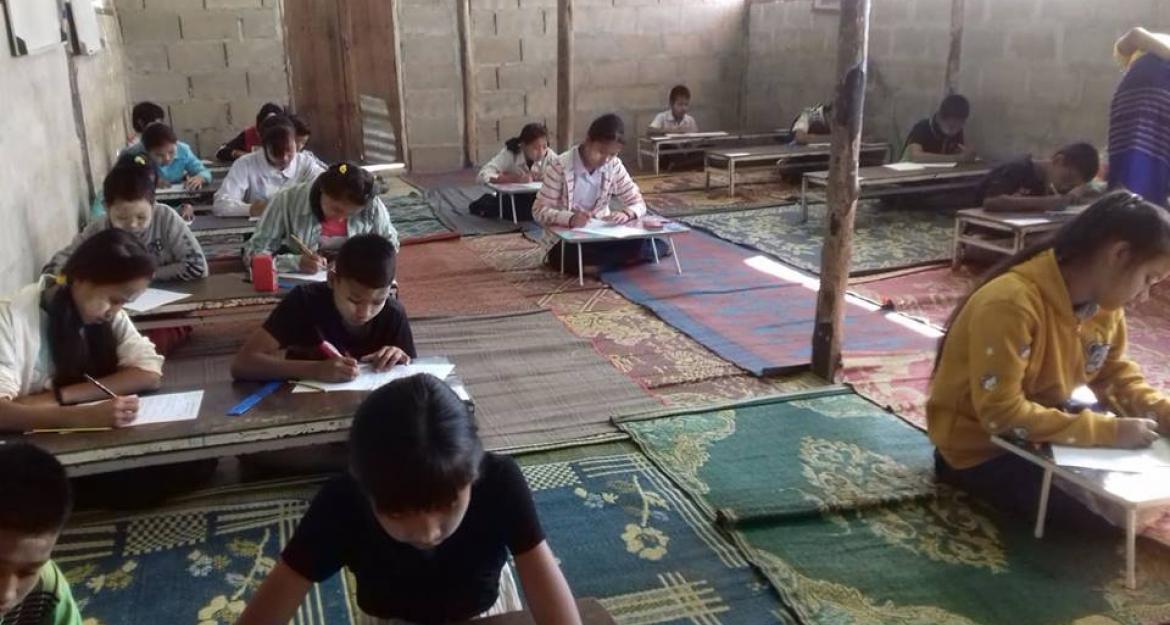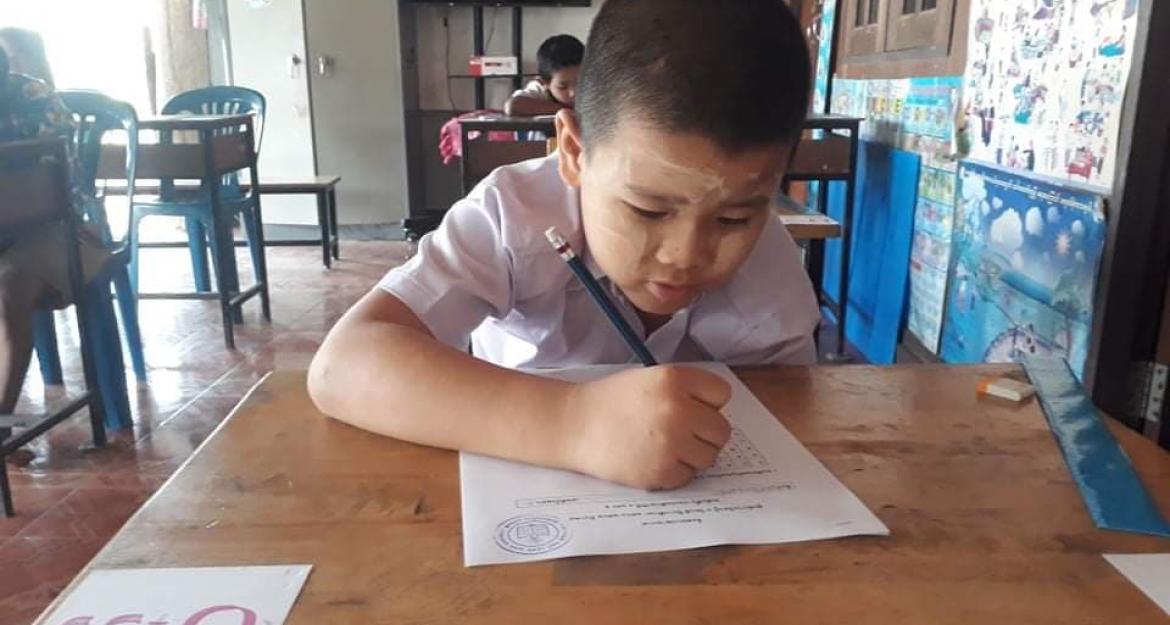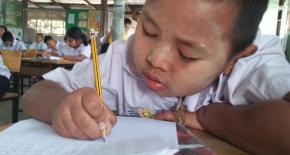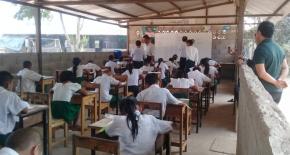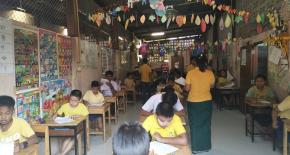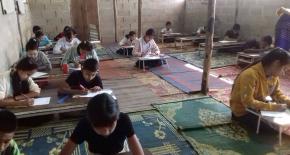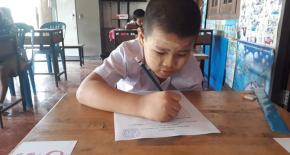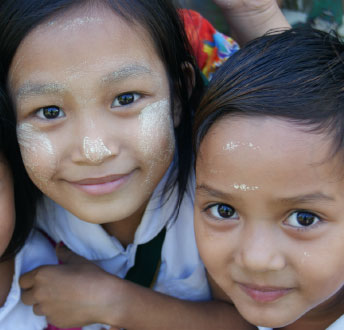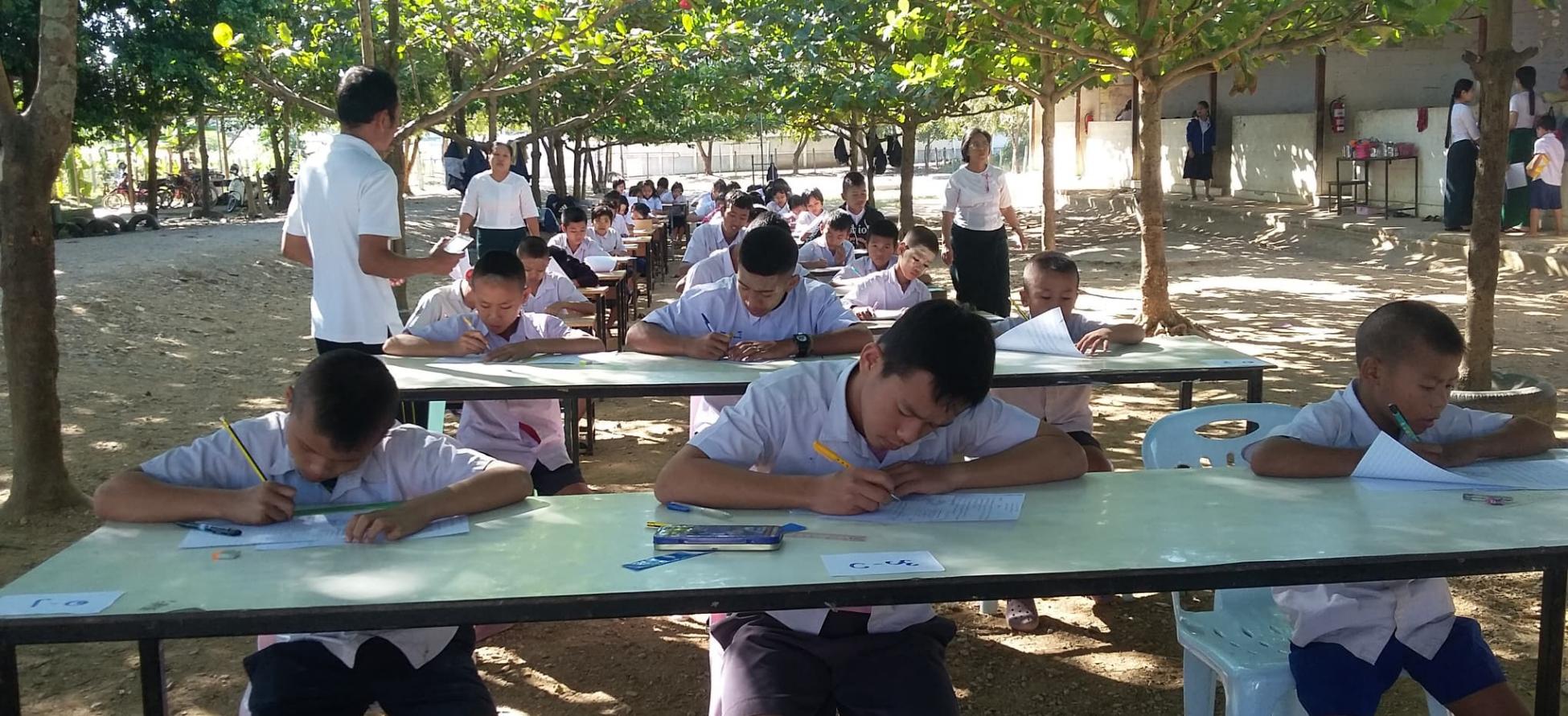
In the last weeks of school year 2018-2019, migrant students in Migrant Learning Centres sat down for their final exams. Headmasters/mistresses and teachers also organised a Parents and Teachers Association (PTA) meeting to update about the situation of the students and discuss future plans. Some learning centres had the chance to organise a small closing ceremony to allow students with outstanding academic results to receive awards as well as to organise traditional dances and performances.
In March 2019, 2,495 migrant children have completed the school year, meaning that 11% of those who started the school in June 2018 didn’t finish it in March. The high drop-out rates of the migrant children are due to high movement and drop-out to work. As such, following frequent changes in the migration policy of the Thai government, the movement of Burmese migrants across the border change accordingly. Burmese families often relocate to different location along the border to follow job opportunities and children are then forced to drop-out from learning centres. Another reason why migrant children drop-out from school is that as soon as they reach working age, they are able to work, earn some income and support their families. Especially in rural areas, migrant children start working at early age, even when they are 5 years old.
The school year that just finished was the first year in which learning centres were asked to increase the contribution of parents towards their children's education or otherwise to set up small income generation activities in order to respond to the heavy financial crisis at Help without Frontiers. As such, headmasters/mistresses were asked to take responsibility for 20% of the annual budget and contribute in covering the running costs of the learning centres. On the one hand, the ability of parents to contribute to the expenses of the education of their children is very limited considering their low and unstable daily income. On the other hand, the kind of income generation activities that learning centres are able to set up, such as small agriculture and husbandry, making children sew products, selling homemade food such as chili paste, have a limited capacity to generate funds. Most of the times, to cover the expenses of the learning centres, migrant teachers chose to drop their salaries and give the money back to the school.
The first week of June 2019, migrant children and youth will go back for stating school year 2019-2020 with renewed energy and hope. Due to the persistent financial crisis at Help without Frontiers, migrant learning centres are asked to increase their contribution towards covering the school expenses. Indeed, an additional 10% of the budget is now a responsibility of the learning centres, making up a total of 30% of school expenses that are on the shoulders of parents and teachers.
Help without Frontiers has increased its fundraising efforts, both locally and internationally, in an attempt to ensure migrant children access and continue their education. Regular monthly meetings are organised with headmasters/mistresses and teachers to monitor the situation and discuss together a way to cope with the challenges. We stand united and remain committed to the cause of migrant education along the border.



